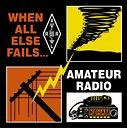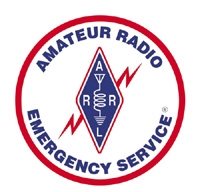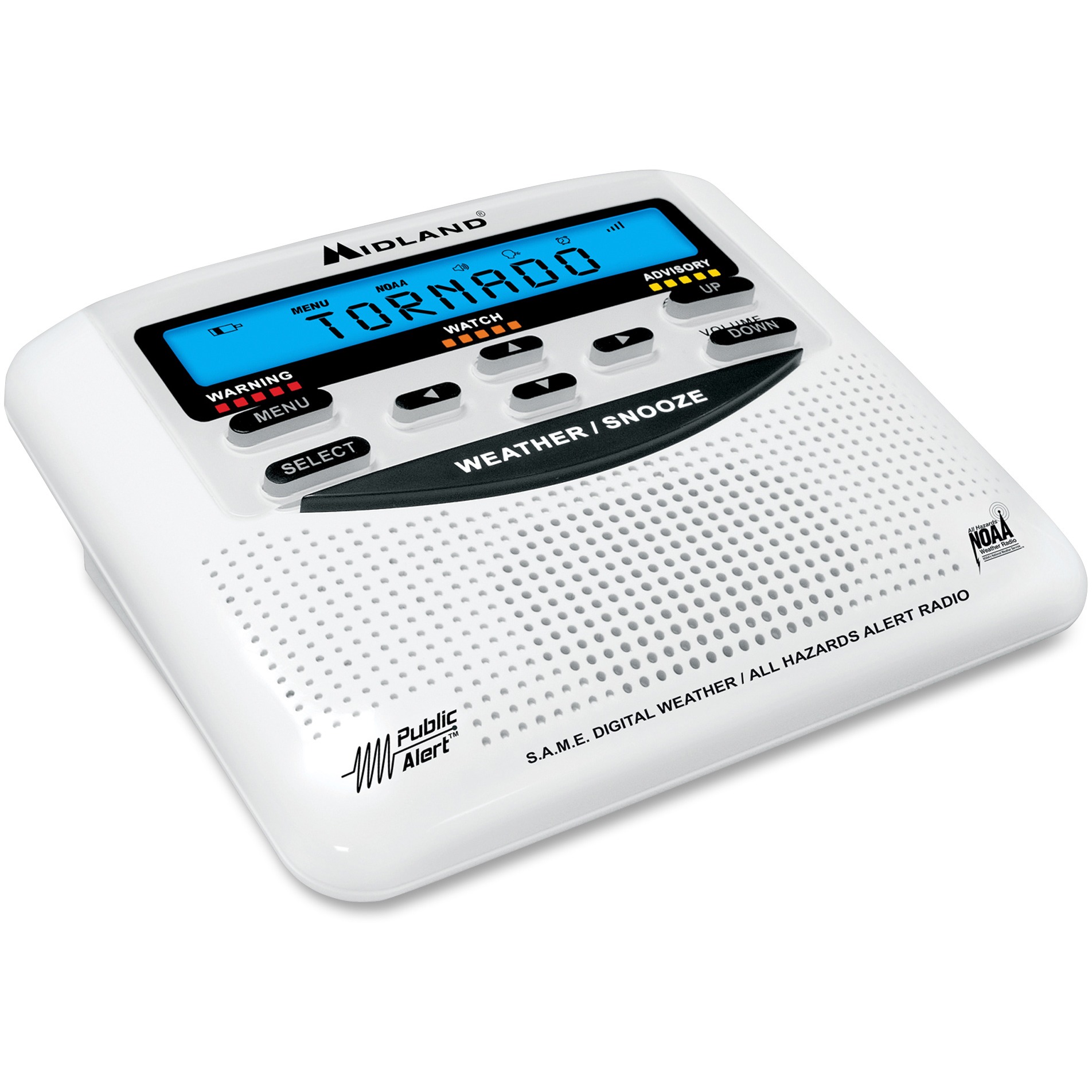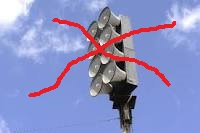
 SUMTER COUNTY
SUMTER COUNTY
Amateur Radio Emergency Services Association (ARES)
Sumter County, Florida
Disaster Family Communications

Receiving Communications is important before, during, and after disasters

 Weather Radio
There are no warning sirens
in Central Florida. The replacements are the weather radio and the County
"Alert" system. The National Weather Service (NWS) feed is in Sumterville so cover throughout the The Villages and the County is good.
If you are close to a County line, you may want to program both counties
in as Marion County is in the Jacksonville District, Lake is in the
Melbourne District, and Sumter is in the Ruskin District. You will
receive both "Watches" and Warning" via the radio. The radio has a
short term battery backup if the power fails. Spare batteries is
advised.
Weather Radio
There are no warning sirens
in Central Florida. The replacements are the weather radio and the County
"Alert" system. The National Weather Service (NWS) feed is in Sumterville so cover throughout the The Villages and the County is good.
If you are close to a County line, you may want to program both counties
in as Marion County is in the Jacksonville District, Lake is in the
Melbourne District, and Sumter is in the Ruskin District. You will
receive both "Watches" and Warning" via the radio. The radio has a
short term battery backup if the power fails. Spare batteries is
advised.
Alert Sumter/Alert Lake/Alert Marion The County Alert System covers the entire State of Florida; however each county has their own data base. You should apply in the County in which you reside and customize it for the coverage you desire. You can choose multiple ways of being notified - cell phone voice, cell phone text, email, home phone. You will have to include your cell carrier (AT&T, Verizon, T-Mobile, etc.) in your sign-up as each has a different system. By having multiple ways of being contacted, at least one method should work.
Television Local News/Weather Be sure to pick a channel or channels that covers the your area. There seems to be a division at some point in the County where the northern part (The Villages) uses Orlando stations and the southern part uses Tampa stations. As most TV service is from cable suppliers, your service may be interrupted in your neighborhood or system wide.


Local Radio (house power, battery power) The Villages AM radio station is 640 and the Ocala FM station directed toward The Villages 99.7. The AM station should be your primary station for disaster communications. Also, be sure that you have a house current/battery-powered radio and spare batteries.

Cell Phone Voice/Email/Text/Messaging If a hurricane or other type of disaster is approaching, keeping your cell phone charged is important. Secondly, the cell tower may have to handle a much heavier load than normal so getting access may become a problem. If you can make your call, keep it short. Your backup is to text. A separate battery to charge your cell phone might be considered beforehand.
Communications from you
Cell Phone Voice/Email/Text/Messaging The is the same as above.
FRS Radios (no license) The FCC recently
changed the specifications and frequencies (channels) and made them FRS
specific rather than the older FRS/GMRS radios which some stores
continue to carry as their inventories are depleted and the new radios
brought in. Be careful to purchase the newer radios which have
more power (range) than the older ones. The ranges listed in the
bubble pack are only achievable from a mountain top. The actual
power is .5 to 2.0 watts output. The manufacturer does not list
output power; so use the manufacturers numbers to determine where you
are in the power range (15>38 miles). This radio does not require
a license to use and is useful for communicating with neighbors and two
or more cars traveling in caravans. There is an emergency
frequency but no monitoring.
made them FRS
specific rather than the older FRS/GMRS radios which some stores
continue to carry as their inventories are depleted and the new radios
brought in. Be careful to purchase the newer radios which have
more power (range) than the older ones. The ranges listed in the
bubble pack are only achievable from a mountain top. The actual
power is .5 to 2.0 watts output. The manufacturer does not list
output power; so use the manufacturers numbers to determine where you
are in the power range (15>38 miles). This radio does not require
a license to use and is useful for communicating with neighbors and two
or more cars traveling in caravans. There is an emergency
frequency but no monitoring.
GMRS Radios ($85 family license - 10 yrs) The FCC recently changed these as well with the new models being only for GMRS frequencies and more powerful. The handhelds are 5 watts output. No monitoring of these frequencies.
CB Radios (no license) This method of communication is still quite common on the highways and in South Sumter, particularly along the Withlacoochee River. Channel 9 is used for emergencies and the truckers use channel 19. There is no monitoring of these channels within the County. Power rating is 4 watts with both handhelds and mobile (vehicle radios). The exception is the upper end single side band (SSB) base CB's which have a power rating of 12 watts. Price range is $50 (new handheld) to $400 (re-tuned new base station).
Ham Radios (Pass Technician Test for license - 10 yrs) The handhelds have two or three power steps ranging from 0.5 watts to 5 watts with the range varying from whether you are talking person-to-person or person-repeater-person. At one end, it may be 10 miles and the other possibly 40 miles. Prices of handheld range from Baofeng ($25-75) to Yaesu, Kenwood, Icom ($300-600). Replacement handheld antennas (16-18") increase range over the rubber duckies that come with the radios. The mobile/base radios have power steps of 5,10-20, and 50 watts. This is still a local radio as antenna restrictions in The Villages limit the range.
Zello (Ham License) This is a cell phone app and requires a ham license to input during sign-up. This makes your phone into a walkie-talkie. This app was effectively used in Texas during the 2017 hurricane.
Last Update: 06/23/2018 © Copyright Sumter County ARES. All Rights Reserved.